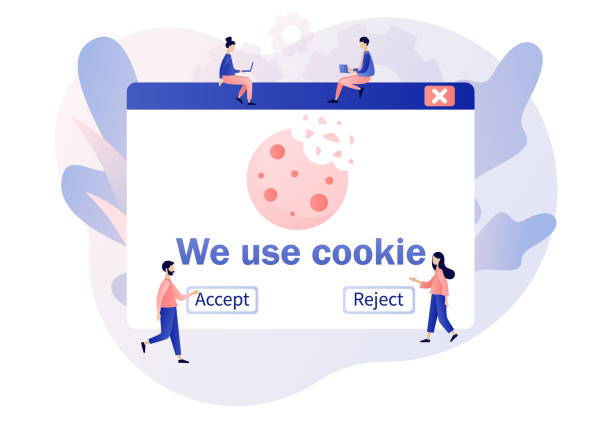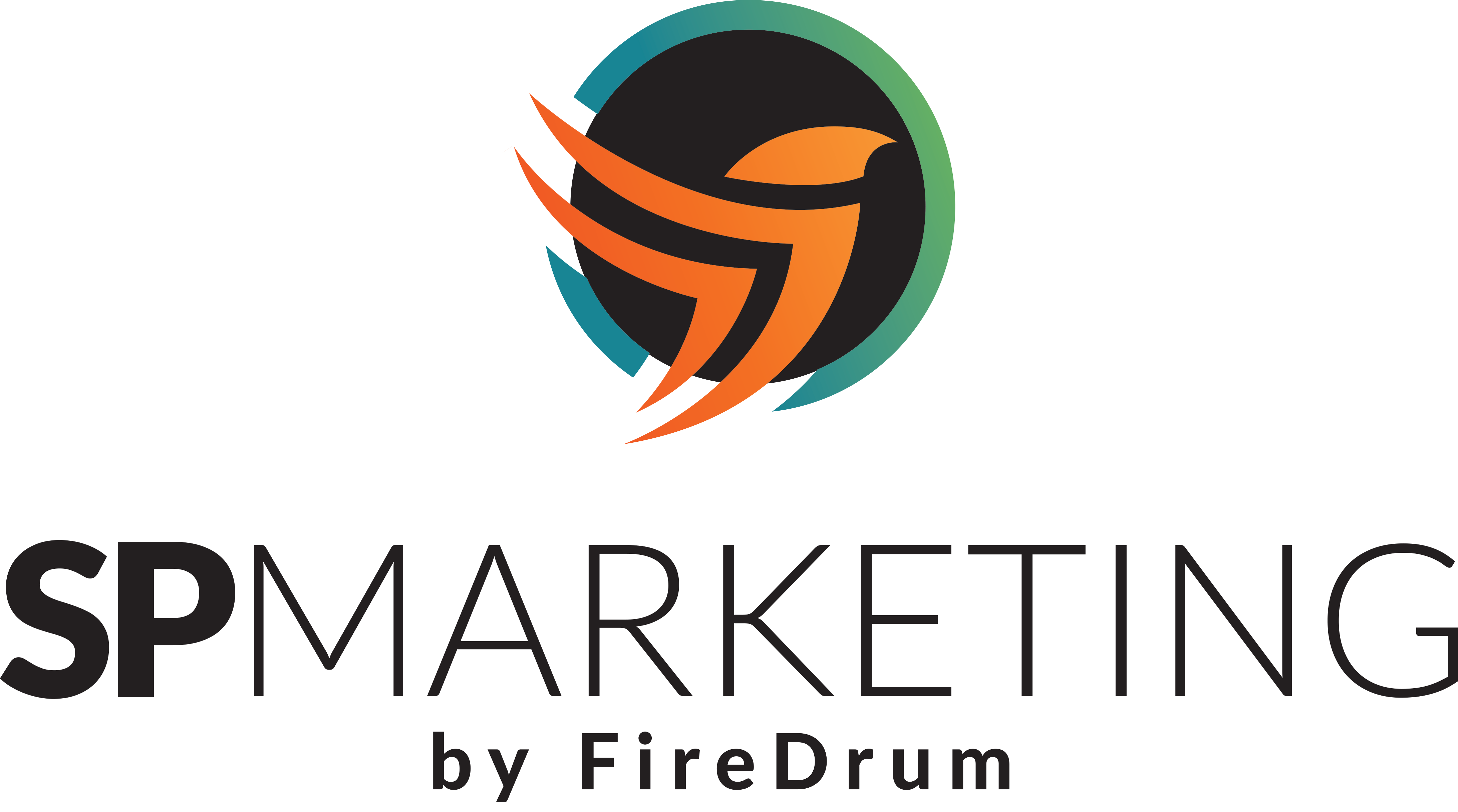Data Anonymization
Data anonymization is a critical technique for protecting personal information while still gaining valuable insights. By transforming personal data into a format that cannot be traced back to an individual, companies can analyze trends and behaviors without compromising privacy. Techniques include:
- Pseudonymization: Replacing personal identifiers with pseudonyms, which can be mapped back to the original data only with the use of a separate key.
- Aggregation: Combining data from multiple users to produce generalized results, thus making it impossible to identify individual contributors.
- Masking: Hiding certain aspects of the data, such as names or addresses, to protect user identity while retaining the usefulness of the data for analysis.
Privacy Certifications
Obtaining certifications and adhering to industry standards is a proactive way to demonstrate your commitment to data privacy and security. These certifications provide a benchmark for best practices and can enhance your reputation with consumers and business partners. Some key certifications include:
- ISO/IEC 27001: This certification sets out the criteria for an information security management system (ISMS) and is recognized globally as a standard for managing data security.
- Privacy Shield Certification: For companies that handle data transfers between the European Union and the United States, this certification helps demonstrate compliance with EU data protection requirements.
Exploring Alternative Identifiers
With the decline of third-party cookies, alternative identifiers are emerging as viable solutions for tracking and personalization. These new approaches aim to maintain the effectiveness of digital marketing while respecting user privacy and complying with regulatory requirements. Below are some key alternative identifiers that are gaining traction:
Unified ID 2.0
Unified ID 2.0 is an open-source framework designed to provide a privacy-compliant alternative to third-party cookies. Developed by The Trade Desk, it enables user identification through encrypted email addresses. Here’s how it works:
- User Consent: Users provide their email addresses willingly, which are then hashed and encrypted to protect privacy.
- Transparency: Unified ID 2.0 is built with transparency in mind, allowing users to see and manage their data usage preferences.
- Interoperability: This framework is designed to work across different platforms and devices, making it a versatile solution for advertisers and publishers.
Google's Privacy Sandbox
Google's Privacy Sandbox is a set of privacy-preserving APIs aimed at enabling ad targeting and measurement without relying on third-party cookies. Some key components include:
- Federated Learning of Cohorts (FLoC): This API groups users into cohorts based on similar browsing behavior, allowing advertisers to target ads without tracking individual users.
- TURTLEDOVE and FLEDGE: These initiatives focus on interest-based advertising and retargeting within the browser, ensuring that user data is not shared with external parties.
- Conversion Measurement API: This API enables advertisers to measure ad performance while keeping user data private by aggregating data and adding noise to protect individual identities.
First-Party Identity Solutions
Developing proprietary identity solutions that leverage first-party data is becoming increasingly important for companies seeking to create persistent user profiles. These solutions include:
- Customer Data Platforms (CDPs): CDPs collect and unify data from various touchpoints to create comprehensive customer profiles. This first-party data is used to deliver personalized experiences across different channels.
- Login Systems: Encouraging users to create accounts and log in provides a reliable way to gather first-party data. By offering value in exchange for login (such as exclusive content or personalized recommendations), companies can build rich user profiles while maintaining privacy.
- Subscription Models: Subscription services inherently collect first-party data, allowing companies to understand user preferences and behaviors over time. This data can be used to enhance personalization and improve customer retention.
Collaborative Data Sharing Initiatives
Collaborative data sharing initiatives involve partnerships between publishers and advertisers to create secure environments for data exchange. Examples include:
- Data Clean Rooms: These are secure environments where companies can match and analyze data without exposing raw user data. Advertisers and publishers can collaborate to gain insights while protecting user privacy.
- Publisher Coalitions: Groups of publishers can pool their first-party data to create larger, more comprehensive datasets. This collaborative approach helps maintain the effectiveness of ad targeting while reducing reliance on third-party cookies.
Investing in Advanced Analytics
Advanced analytics tools can help marketers gain deeper insights into customer behavior and preferences. Strategies include:
Predictive Analytics
Predictive Analytics leverages machine learning algorithms to anticipate future customer actions and trends by analyzing historical data. This sophisticated approach involves collecting vast amounts of data from various sources, such as past purchase behavior, browsing history, and demographic information. By feeding this data into advanced machine learning models, businesses can uncover patterns and correlations that might not be immediately apparent through traditional analysis. These models can then predict outcomes such as which products a customer is likely to purchase next, how likely they are to churn, or which marketing messages will resonate most effectively.
Customer Journey Mapping
Customer Journey Mapping involves analyzing the customer's interactions with a brand across various touchpoints to identify opportunities for optimization and personalization. This comprehensive process begins with mapping out all the stages a customer goes through, from initial awareness to post-purchase engagement. By examining each touchpoint—such as website visits, social media interactions, email communications, and in-store experiences—businesses can gain a detailed understanding of the customer's path and identify pain points or drop-off areas.
Attribution Modeling
Attribution Modeling involves implementing sophisticated techniques to accurately measure the impact of different marketing channels and campaigns. This process is essential for understanding how various touchpoints contribute to a customer's decision to convert or make a purchase. By using advanced attribution models, businesses can assign appropriate credit to each interaction, whether it's a social media ad, email campaign, search engine result, or in-store visit.
Transitioning for the Future
The transition to a post-cookie world presents both challenges and opportunities for digital marketers. By embracing first-party data, contextual advertising, unified customer profiles, and advanced analytics, marketers can navigate this new landscape effectively. Innovative campaign ideas such as interactive content, loyalty programs, personalized experiences, and immersive technologies can further enhance engagement and drive results. As privacy and data protection continue to take center stage, adopting privacy-first solutions and exploring alternative identifiers will be crucial for long-term success. By staying agile and adapting to future developments, marketers can thrive in the evolving digital ecosystem and deliver meaningful, personalized experiences to their audiences.









